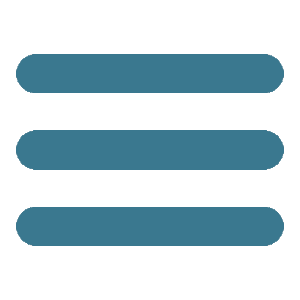hubert barre
le quartier Saint-Antoine*
«Ah matočka, they are really poor! And what a mess! But it is hardly surprising: the whole family lives in a single room, divided by small screens, for their decency»**
Fëdor Dostoevskij
Jacques, Paul, Guy, Jacquot, Serge, Marie, Hamidi... only an evanescent shadow of them has remained, spat out from the memory in the form of names. Fragments of memories, which goes back to three decades ago. They all lived in Aubenas, in the Saint-Antoine quarter, the poorest in the city. Thirty years ago. Today they are no longer there and it is not hard to imagine that they are no longer even on this earth.
To remember them today is only the memory of a few and the portraits that represent them in a daily life made of tangible poverty, of daily hardship and precariousness, of difficulty and miserable belongings. A situation testified by images that, in the absence of diachronic references, rarely offer footholds to hazard a reliable dating. The faces of Jacques, Paul, Guy, Jacquot, Serge, Marie, Hamidi, often crushed by the brutality of the flash, are timeless. Even the environments and objects around them are not of great help in most cases and could even distort the reading by a number of decades.
Of course, when one runs into an image in which a Mercedes appears in the background, today we should by now say an old Mercedes... we then realise that the counting of the decades stops at three. We are at the end of the eighties, although of many of the pictures we would be tempted to say are at least from the fifties, if not before. The atmosphere emanated by the prints is difficult to define. On the one hand the dark tones lead us to a denseness that seems to adhere to the conditions of the subjects, on the other there is energy sometimes subterranean sometimes explicit that agitates between the shades between black and white.
If we were to frame these photographs within a theoretical grid of image reading, speaking about the contents we could not fail to notice the recurring presence of the thematic factor of the relationship. Many of these images refer to the relationships that are between the subjects, strong relationships, born from sharing little, of the mutual support in the hardship. Relationships that emanate a force, probably necessary, possibly desperate, certainly powerful. And perhaps this is the energy that is felt flowing under the surface of the paper, leafing through images that tell us about a quarter that today is no longer as thirty years ago.
The houses have disappeared. Jacques, Paul, Guy, Jacquot, Serge, Marie, Hamidi are not there. Times have changed one might say abusing without necessity of a common bourgeois place. And this cannot help us to reflect on the role of the medium of photography. If it is true that for thousands of years the human being has continued to evolve without which his image being mechanically declined as an analogon referent, it is also true that the iconic memory offered by photography represents a possible object of stimulus to the self-consciousness. The risk, however, is that in the superabundance and ease of production of the images these become... invisible to the eyes of most. In the face of images that are self-replicating in the reproduction of pre-established clichés, photographs that remind us of where we come from are important, probably because they allow us not to recognize ourselves as we see, fighting the homologation.
And in a Western society that in spite of its globalised crises is still able to live well beyond its needs, joining with the vital energy flowing in the portraits of the inhabitants of Saint-Antoine of thirty years ago can be a valid counterpoint to our daily dissatisfaction.
[
Sandro Iovine ]
--------------------------------------------
(*) Le quartier Saint-Antoine (The Saint-Antoine quarter) to which the title refers is that of Aubenas en Ardèche, in the south of France.
(**) Poor People by Fëdor Dostoevskij, Giangiacomo Feltrinelli Editore, Milan, 2016; p. 80.
_ _ _
[ INTERNAL RESOURCES ]
◉ [ FPtag ] Voies Off 2016
◉ [ exhibitions ] Hubert Barre: light, walls and graffiti

 home
cover ▼
opinions
news ▼
portfolio
post.it
post.cast
video
ongoing
thematicpaths
googlecards
FPtag
home
cover ▼
opinions
news ▼
portfolio
post.it
post.cast
video
ongoing
thematicpaths
googlecards
FPtag


















 Hubert Barre - Born in Montpellier in 1962, he attended the Lycée Technique Astier in Aubenas, to then enrol afterwards at the INSA (Institut Nationale des Sciences Appliquées) in Lyon.
Hubert Barre - Born in Montpellier in 1962, he attended the Lycée Technique Astier in Aubenas, to then enrol afterwards at the INSA (Institut Nationale des Sciences Appliquées) in Lyon.